Modelling Clay Supplies
Uncover our range of Clay at Discount Art & Craft Warehouse.
We believe that art should be accessible and available to everyone within every budget. Whether you are a professional or a beginner, we aim to provide you with exactly what you need! We stock a wide range of Clay from the biggest art brands around including Derwent, Reeves, Winsor & Newton, Faber-Castell, Art Spectrum, Copic, Matisse and many more.
Delivery is Australia-wide so you can shop in the comfort of your own home.
Boxwood Plain Modelling Tools Pack 12
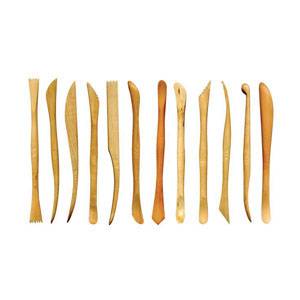
Clay
NOW $32.35
D&L Air Drying Clay
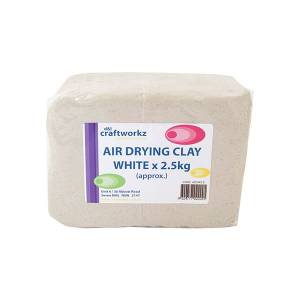
Clay
FROM $28.45
DAS Air Dry Modelling Clay Stone

Clay
NOW $23.35
DAS Air Dry Modelling Clay Terracotta

Clay
FROM $13.25
DAS Extra Strong Glue 250g

Clay
NOW $10.15
DAS Metal Clay Cutters

Clay
NOW $15.25
DAS Metal Spatula

Clay
NOW $24.25
DAS Air Dry Modelling Clay White

Clay
FROM $13.25
DAS Plastic Tools
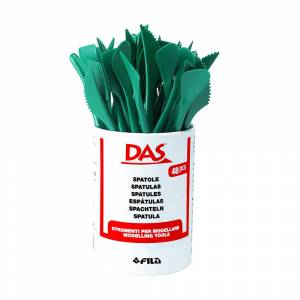
Clay
NOW $56.85
DAS Trimming Tools
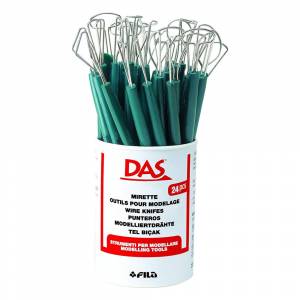
Clay
NOW $170.00
Pebeo Gedeo Modelling Tools Set of 4
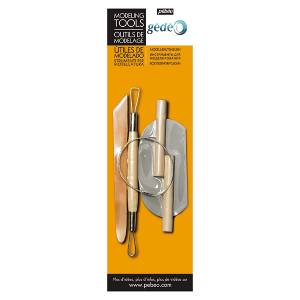
Clay
NOW $28.00
Sculpey Modelling Clay White 795g
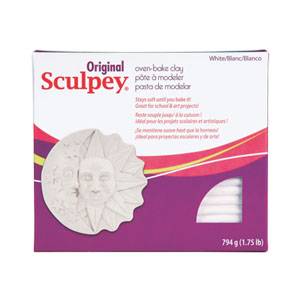
Clay
NOW $45.40
FAQs about Modelling Clay Supplies
How To Use Modelling Clay?
1. Envision the final piece of what you want to create
2. Test your clay for wetness ensuring it's easier to work with and shape
3. Build and create cleverly by using what's available to you (e.g. pottery wheel, or even just your fingers, rollers and scultping tools)
4. Avoid protruding shapes to ensure your artwork remains sturdy and supported
5. Look out for a local studio if you want an extra hand or some more advice
Do You Bake Modelling Clay?
You can't air-dry polymer clay because it must be baked at the correct temperature to harden. That's why so many clayers love polymer clay. If you leave it on room temperature, it won't harden before you're ready to bake.
How To Colour Modelling Clay?
Soften the clay by moulding it with your hands. Flatten it and make one or more holes (based on the size of your clay) before filling them with the colour of your choice. When combining powdered pigments, you may need to add a few drops of water. It will assist in mixing evenly, preventing the clay from drying out.
What is modelling clay?
Modelling clay is a type of clay that can be used to create a variety of different shapes and structures. It is typically made from a mixture of water, clay powder and other ingredients, such as sand or gravel. The clay is then formed into a variety of different shapes and left to harden.
What are the benefits of working with modelling clay?
Modelling clay is a great way to encourage creativity and imagination in children. It can also be used to help develop fine motor skills. The clay can be moulded into a variety of different shapes and structures, which can then be used to create all sorts of different objects.
What are the different types of modelling clay?
Modelling clay comes in a variety of different colours, textures and hardness levels. The most common type of clay is air-drying clay, which hardens when exposed to air. There is also oven-bake clay, which hardens when baked in an oven, and self-hardening clay, which hardens without the need for air or heat.
What are the different uses for modelling clay?
Modelling clay can be used for a variety of different purposes. It is commonly used in art and craft projects, such as sculpture and pottery. It can also be used to make jewellery, ornaments and toys. The clay can also be used for educational purposes, such as in classrooms and therapy sessions.
What are the drawbacks of modelling clay?
While modelling clay is a versatile and fun material to work with, there are a few potential drawbacks that you should be aware of. One of the biggest drawbacks is that it can be quite messy! If you are not careful, the clay can easily get all over your hands and clothes. Additionally, modelling clay can be quite crumbly, so it is important to work in a well-ventilated area.
What is the difference between clay and modelling clay?
Clay is a natural material that is found in the ground. It is made up of minerals, such as alumina, silica and water. When clay is heated, it becomes hard and brittle.
Modelling clay, on the other hand, is a synthetic material that is made from a variety of different ingredients, such as water, clay powder and other materials. It is typically formed into a variety of different shapes and left to harden.
What are some things to avoid while using modelling clay?
There are a few things to avoid while using modelling clay. One of the most important things to avoid is eating the clay! While it might seem like a harmless activity, eating clay can actually be quite dangerous. Clay can contain harmful bacteria and toxins that can make you sick.
In general, modelling clay is a safe and fun material to work with! However, it is important to use it carefully and avoid any potential hazards. With a little bit of care, you will be able to create a variety of different shapes and structures.
What are some tips for using modelling clay?
There are a few essential tips that you should keep in mind when using modelling clay. First of all, it is important to make sure that the clay is properly mixed before you start shaping it. Additionally, you should always use a cutting tool or knife to avoid damaging the clay.
What art supplies will I need when using modelling clay?
In order to use modelling clay, you will need a few essential supplies, such as the clay itself, a cutting tool, a shaping tool and a baking oven. These are all relatively inexpensive and can be found at most craft stores. Once you have all of the necessary supplies, you will be ready to start creating your own unique creations!
How do you store modelling clay?
Modelling clay should be stored in an airtight container in a cool, dry place. The clay can also be stored in the fridge or freezer to extend its shelf life.
We accept Visa, Mastercard, American Express and Paypal, and we deliver to all Australian states and territories using Australia Post, eParcel and Star Track Express, with a choice of either standard, express or bulk shipping rates. So whatever art you're into, make sure you join our mailing list to receive all the latest news and offers, and shop online for all your supplies at Discount Art n Craft Warehouse.
